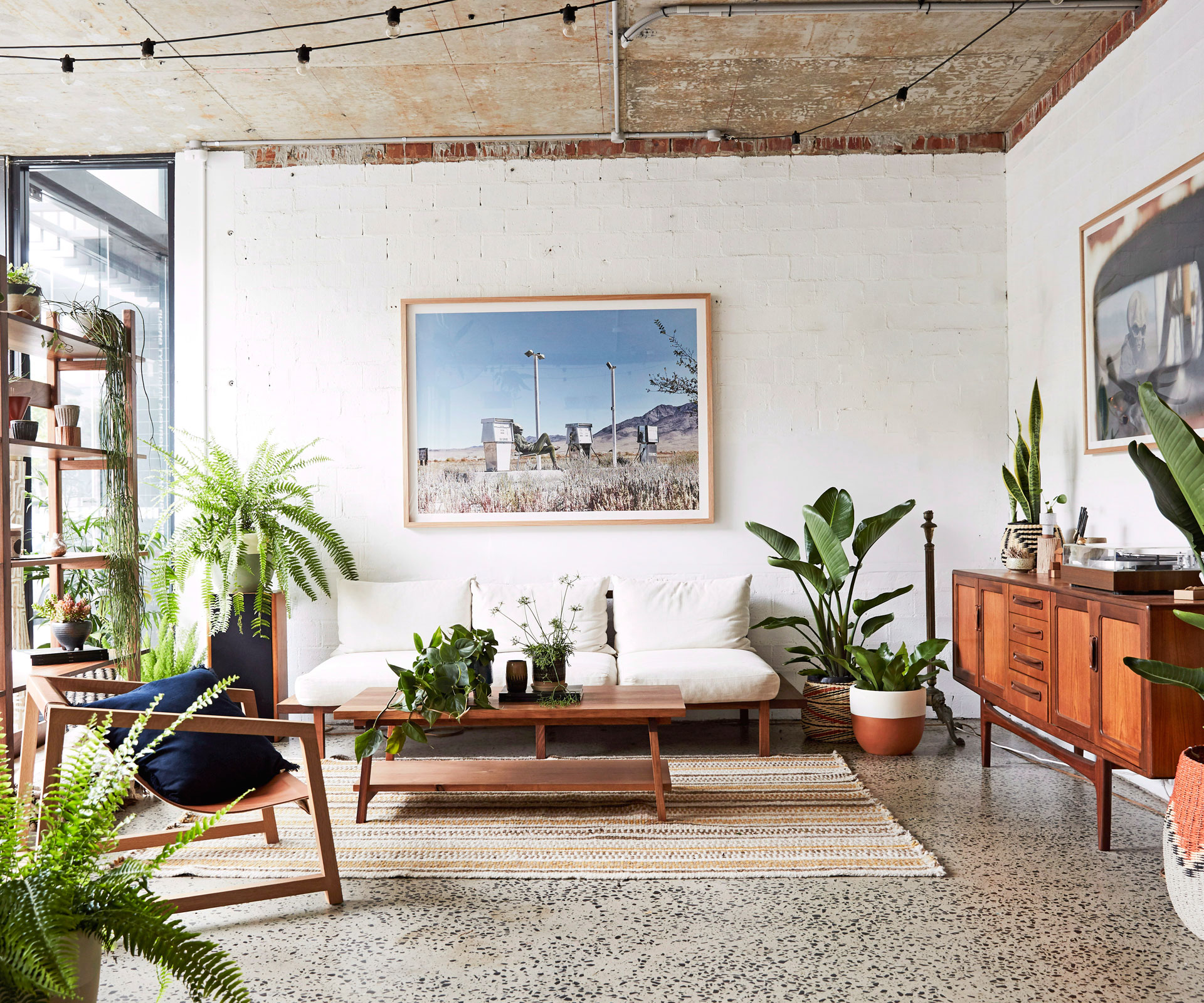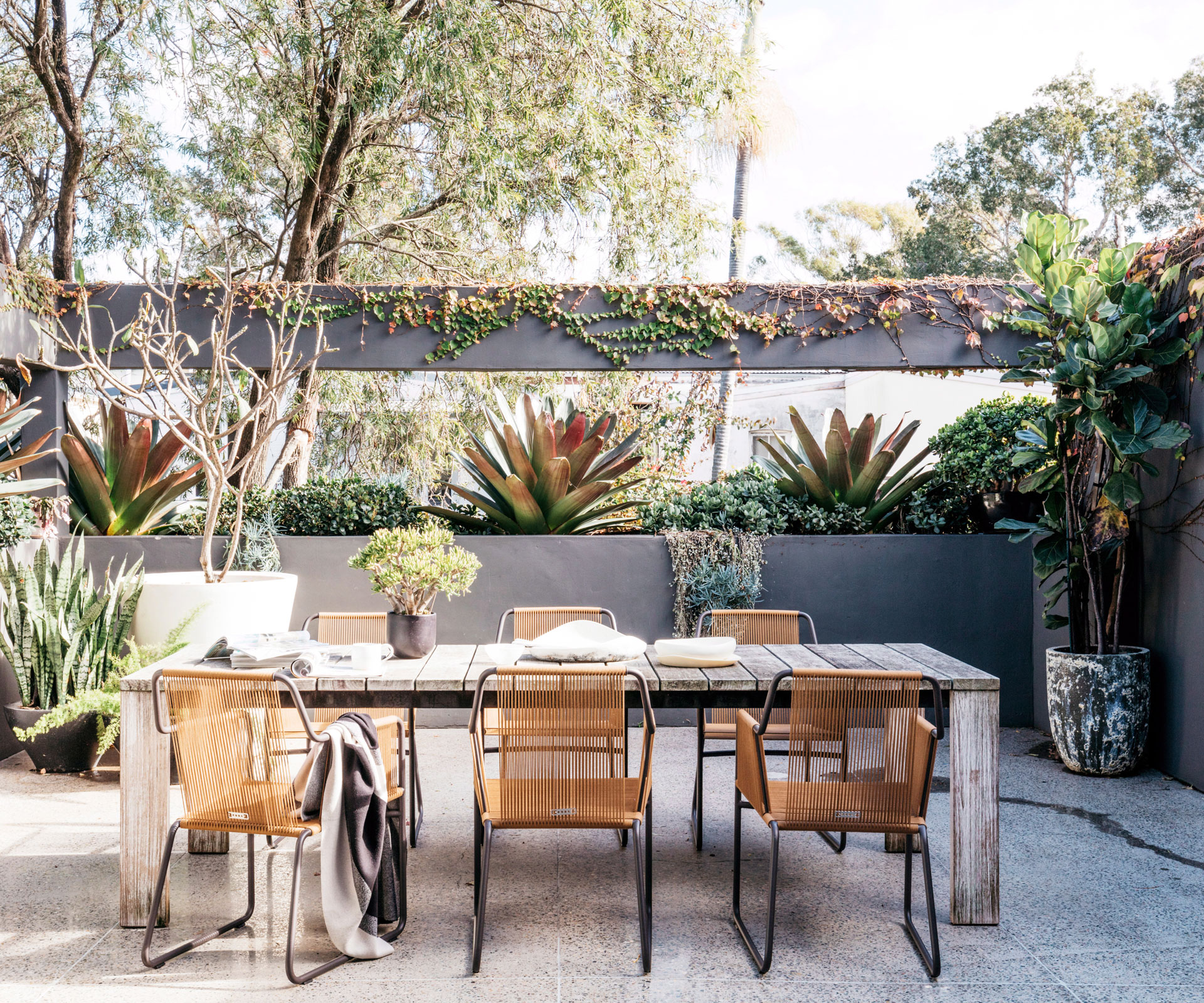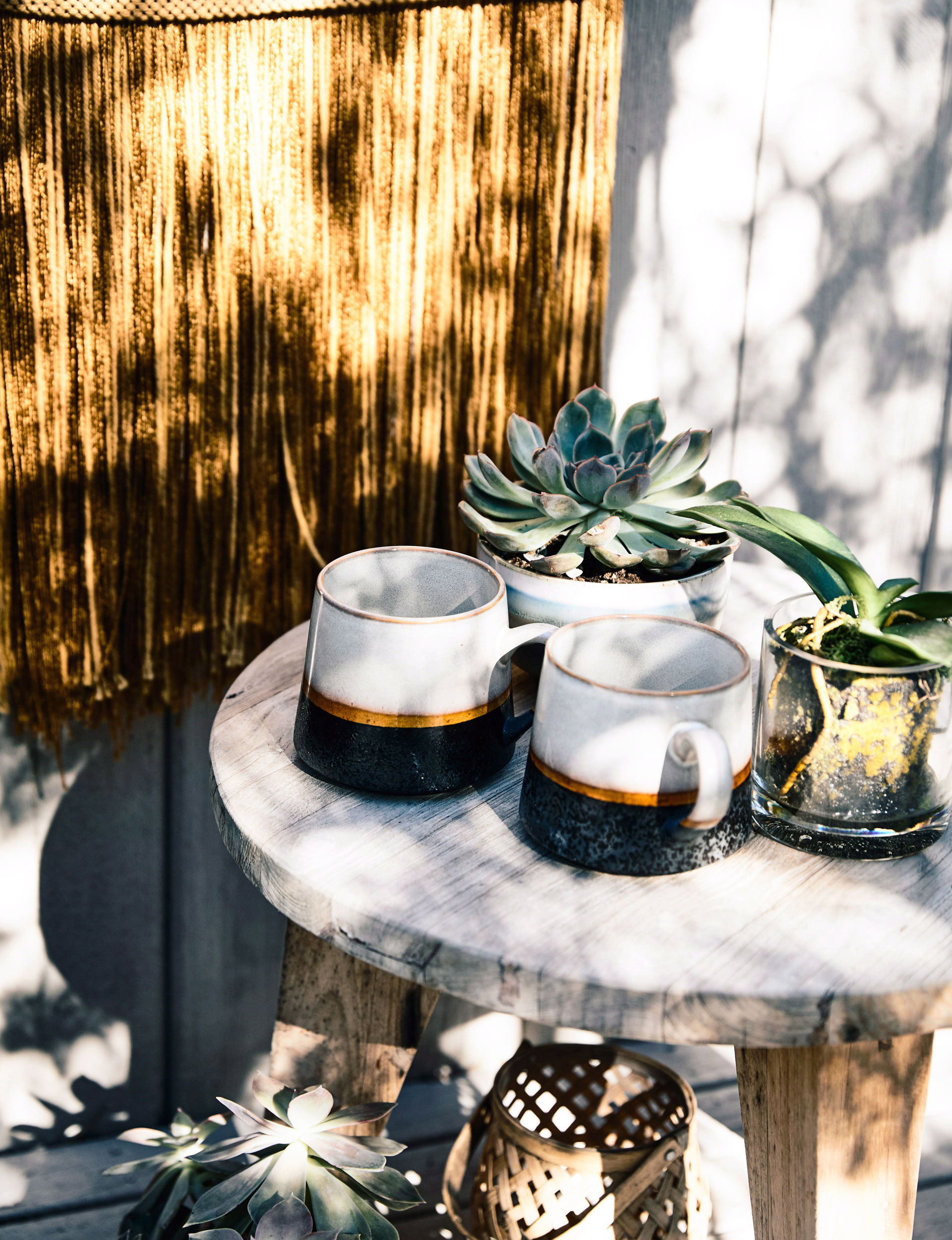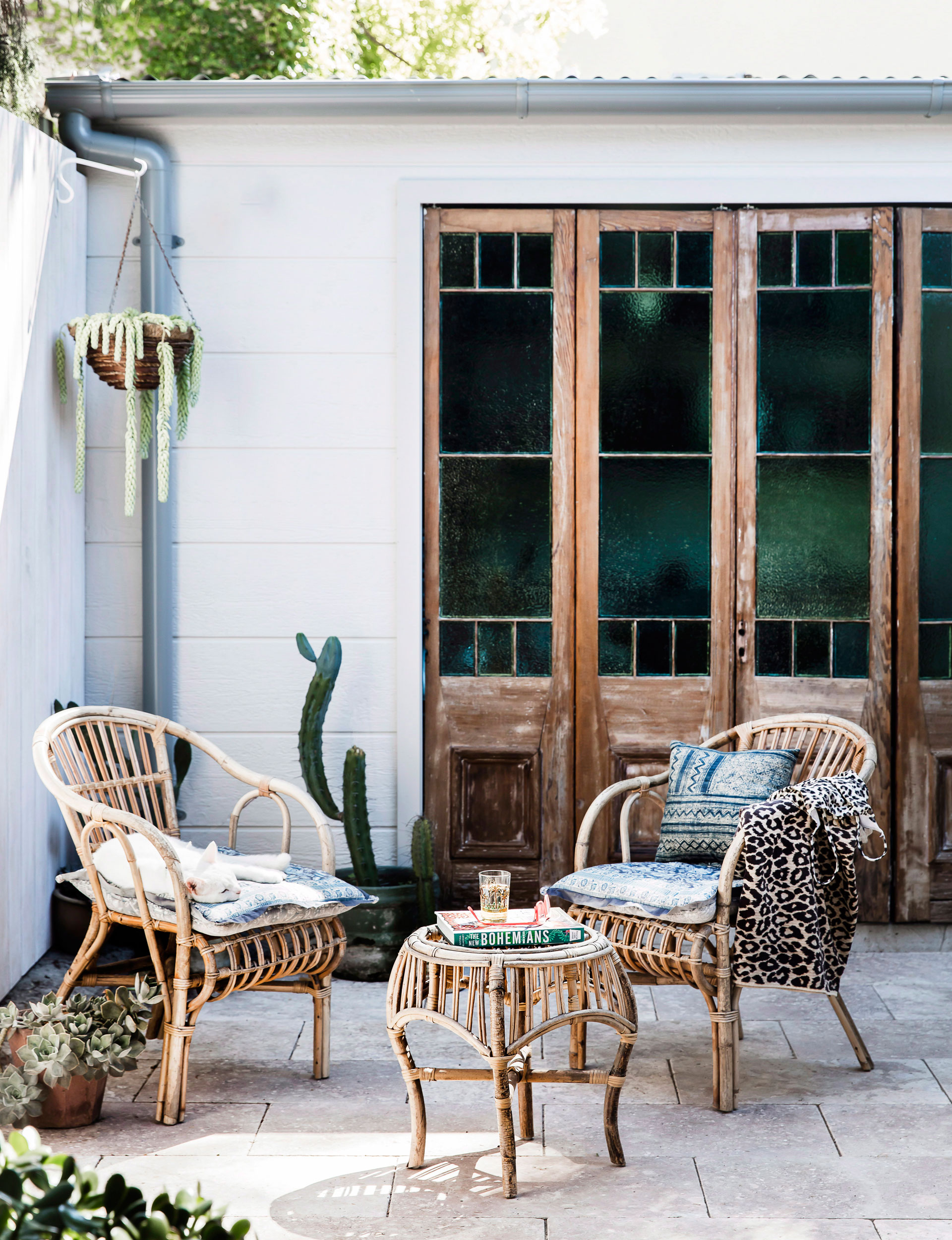Pot plants are all the rage but getting lush results takes a little planning. Here’s how to create a perfect potted garden

7 tips to ensure your pot plants’ survival
With outdoor space at such a premium these days, many of us are gardening in containers. And why not? Pot plants are perfect for those with limited space or time, renters, beginner gardeners and children. You can move containers around to catch the sun, use specific soil mixes for your special plants, and choose from a huge range of things to grow. However, while gardening books and blogs might tell you it’s easy to grow stuff in pots, success rates will be better if you follow our savvy tips.
1. Water wise
While lack of water is a common problem with container plants, too much water is almost as much of an issue. Unless they’re checked regularly, drainage holes can easily become blocked, resulting in waterlogged roots and dead plants.
Another common mistake? Relying on rain to keep your pots watered. If they’re positioned against a wall, a lot of rainwater may get deflected. If the wall is north-facing, the potting mix can also get very warm. Likewise with hanging baskets; in hot summer weather you’ll need to water them every day (a little less if they’re planted with succulents). Adding water-retaining crystals to the potting mix will help, as will grouping containers together for easier watering. Mulch the top of the potting mix with pebbles, bark or compost to keep that moisture where it’s needed.

2. Hot spots
Cacti and succulents are ideal for hot courtyards and balconies, as are many drought-resistant natives such as Poor Knights lily (Xeronema callistemon), corokia and Marlborough rock daisy. Other sun-loving varieties include plants and shrubs from Africa and the Mediterranean such as pelargonium, strelitzia, leucospermum, lavender, rosemary and santolina.
3. How to choose
Containers can be costly so it’s important to select shapes that complement the form, texture and colour of the plants in them. Consider the big picture, too – will the pots work with the overall design of your home? If you’ve gone for a minimalist vibe indoors, one or three sleek metal or resin pots on the deck, either left unplanted or filled with elegant reeds or succulents, will look great. A cute cottage? Fill pretty pots with flowering annuals and place at the front door and on garden steps.

4. Health benefits
Container planting is an excellent way to grow plants that might need a little more TLC than your average garden specimen. The soil is warmer in pots, making them ideal for heat-loving plants, particularly if you live in a colder area. If your garden soil is poor or unsuited to the types of plants you want to grow (eg acid-lovers like azalea) you can choose from a range of different growing mediums for pot cultivation. Containers are movable (buy castors for big pots) so they can be positioned where the best sun or shade is at different times of the year and moved to shelter when it’s frosty.
5. Suit the site
Whether in the ground or in containers, plants will always perform best if they’re chosen to suit the conditions of your site. Sun, shade and wind are the biggest factors to consider but also remember that the soil in pots will dry out quicker than in the garden, and nutrients will diminish faster. This means regular irrigation and feeding will be essential. If you’re not an avid plant grower, avoid potting up hungry or moisture-loving plants such as ferns, annual flowers and most vegetables.

6. In the shade
Shade-tolerant plants come in two main categories: those that prefer dry soil and those that like moist (but not boggy) ground. Try to emulate these conditions with your container plants. Ferns, hostas, rhododendron, impatiens, fuchsia, helleborus, many begonias, and lush subtropicals such as calathea or stromanthe all prefer the latter type. On the other hand, aspidistra, clivia, dwarf palms, hippeastrum, mondo grass or ctenanthe love drier shade, eg under trees or on sheltered sides of buildings.
7. Potting up
- The number-one rule when potting or repotting container plants? Use the best mix you can find. It’s a false economy to opt for cheaper mixes as plants won’t thrive and you’ll end up spending the money you saved on fertilisers and plant boosters, not to mention sprays to combat the pests and diseases that attack unhealthy plants.
- A good potting mix will contain materials such as pumice to aid drainage and soil that is not too heavy or easily waterlogged. It will also include an even balance of nutrients and water-retaining crystals so the mix won’t dry out too quickly. Avoid using garden soil in pots as this is usually too heavy (ie it won’t drain well) and can harbour pests, diseases and weed seeds.
- Don’t fill pots right up to the brim – leave a gap of 5-10cm to make watering easier. And to reduce the amount of repotting required, don’t choose fast-growing species.
1/3
Anchor Ceramics medium funnel planter no 39, $400, from Garden Objects.
2/3
Tuscan Path extra large stream lite egg pot, $110, from Bunnings.
3/3
Tulip pots, from $70, from Morris & James.
Words by: Carol Bucknell.
EXPERT PROJECTS

Create the home of your dreams with Shop Your Home and Garden
SHOP NOW














